The aviation industry as a whole is finally seeing a resurgence after years of turmoil, but air cargo operators still face some uncertainty.
Before 2020, a number of cargo operators appeared to be struggling. There were several reasons for this, including a shift towards e-commerce – also known as package freight. Such freight puts more emphasis on cargo volume, versus cargo weight. This, in turn, affects the types of aircraft that many cargo companies need.
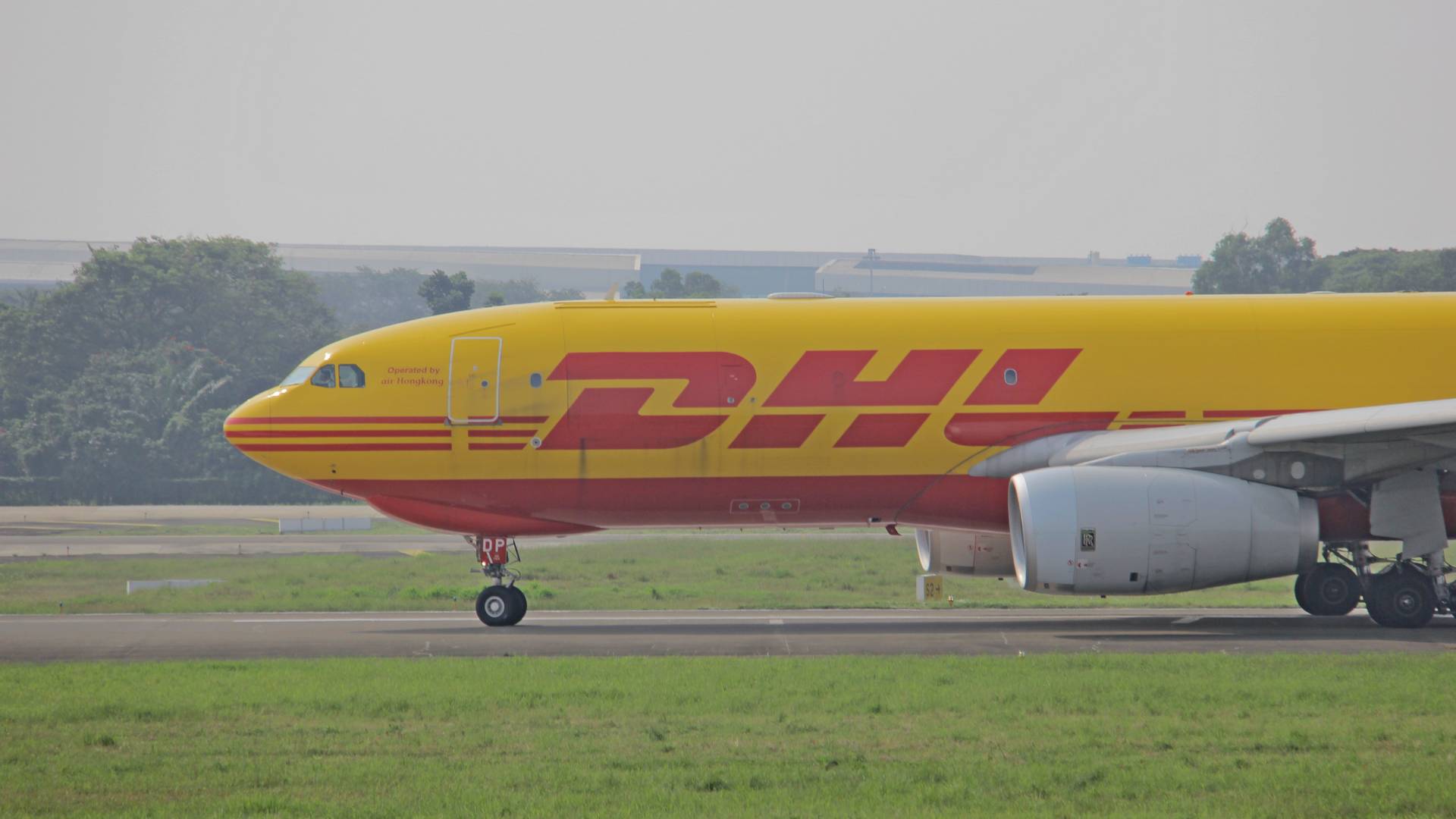
Then came the pandemic, which made the shift toward e-commerce even stronger. But more importantly, the events of 2020 stopped international passenger flights. With about half of the world’s air freight capacity relying on spare hold cargo space in passenger aircraft, the industry lost around 50% of its capacity, overnight.
This placed an enormous amount of strain on cargo operators. Suddenly, dedicated freighters had to fly more frequently, to try and cover for that missing capacity. Obviously, this caused a sharp increase in air cargo rates.
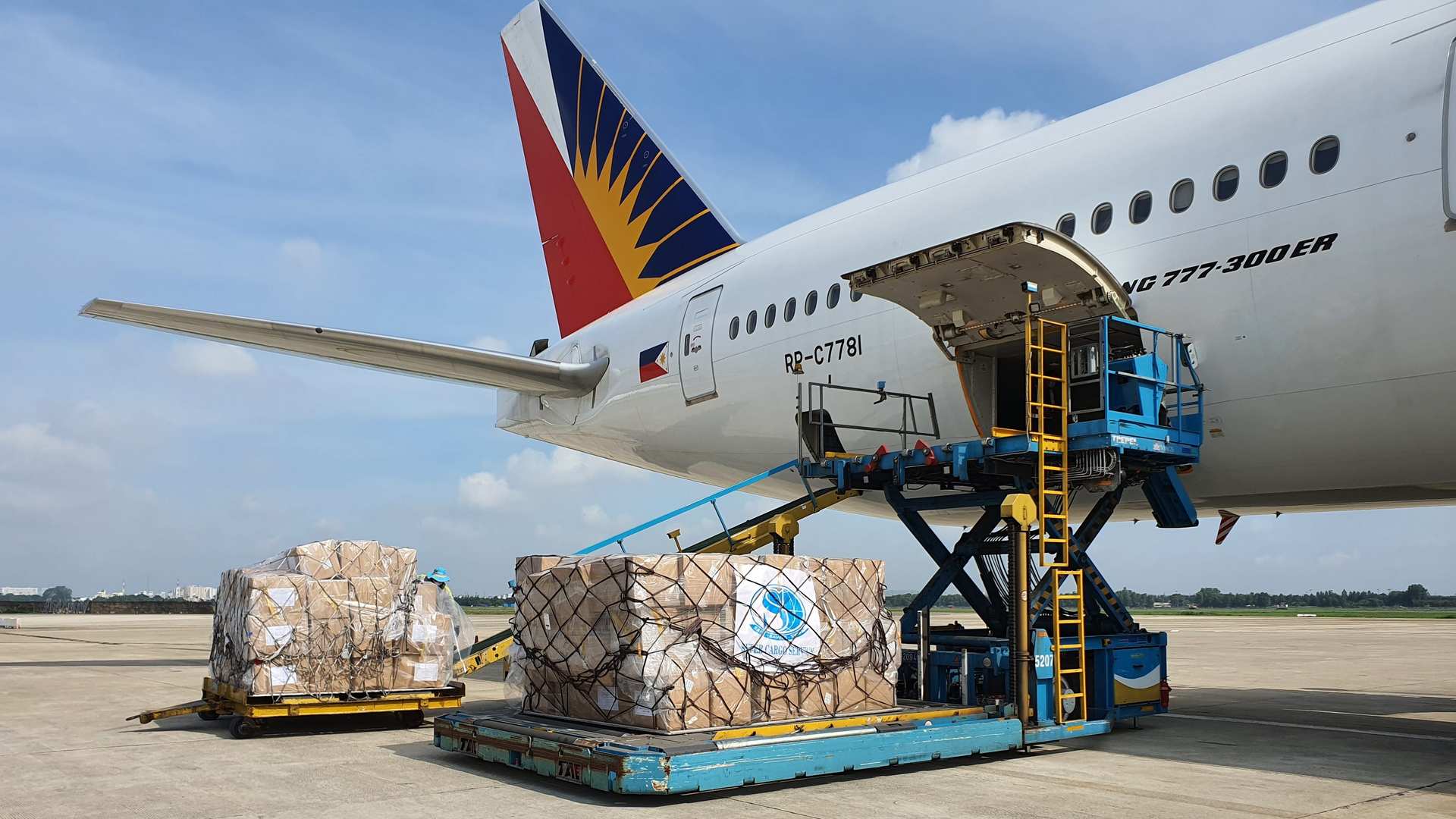
Not only that, other, more conventional means of transporting freight, like shipping, saw even higher increases in rates. This was because of pandemic-related delays in many busy shipping ports, while authorities around the world tried to figure out how to handle shipping vessels arriving from different countries, at their ports.
Air Cargo Demand Swings
That confusion drove demand for air freight even higher. Suddenly, air freighters were transporting things that would have previously been too uneconomical to move this way. But interestingly, 2020 was not the year that air cargo rates peaked.
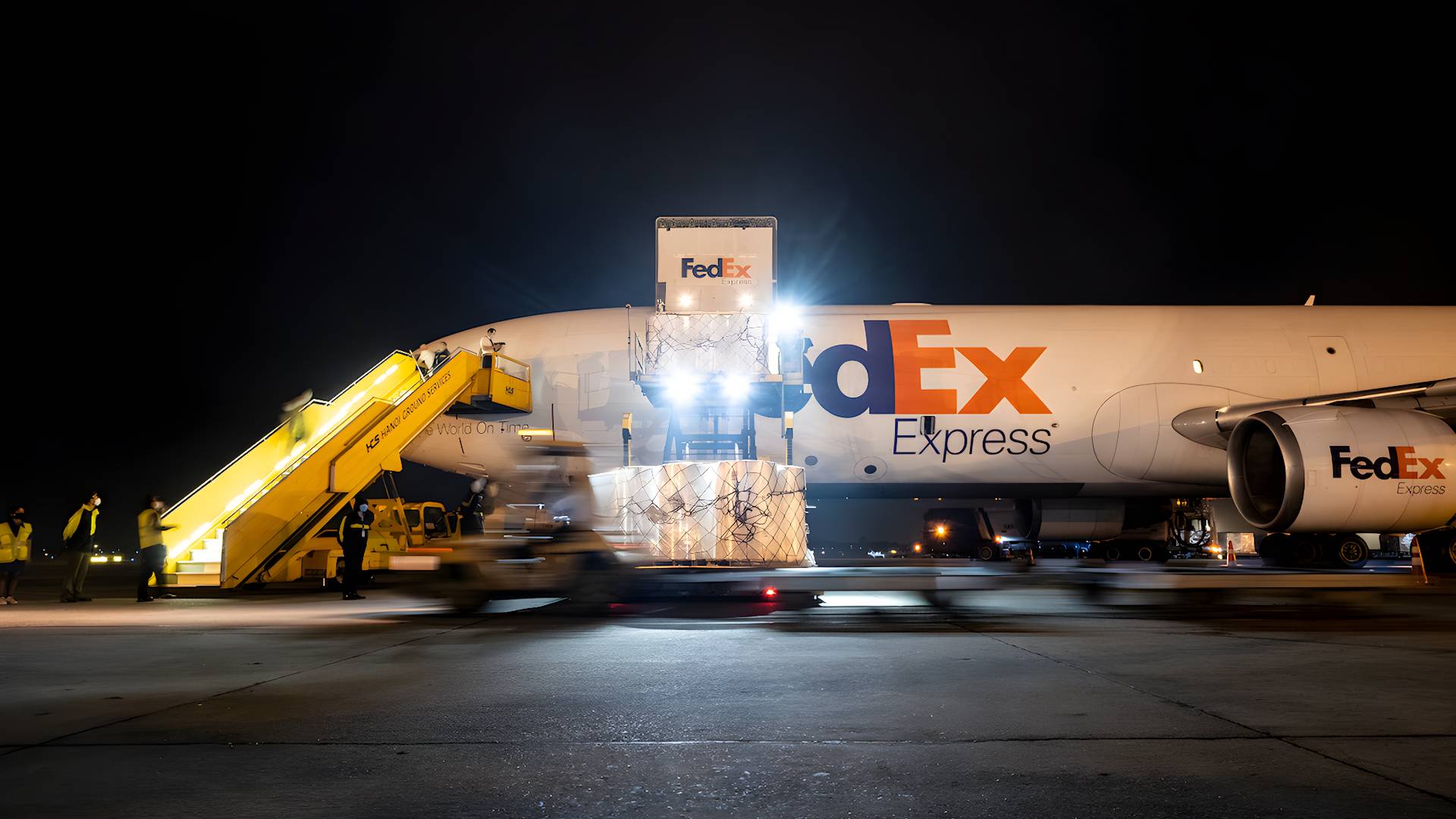
These rates shot up during the first 2020 lockdowns, before deflating slightly and re-inflating towards the end of that year. Higher rates near the end of the year are typical. But rates peaked about a year after that, in the last few months of 2021.
This led many to assume that rates would remain high, possibly beyond the pandemic. However, air cargo rates declined steadily in 2022, without picking up towards the end of that year. This indicated that the recovering international passenger travel was already increasing capacity.
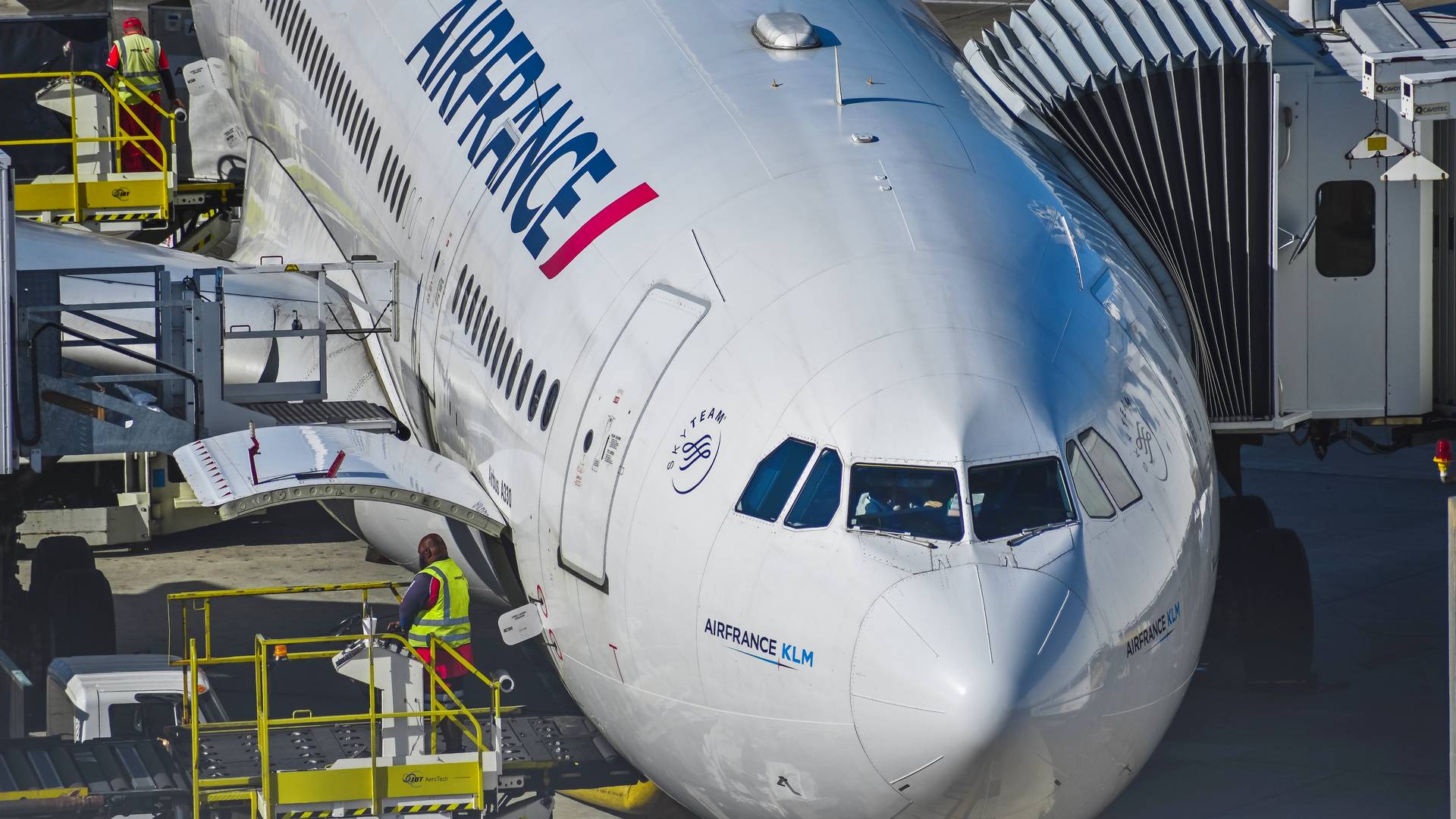
That rate decline is continuing in 2023, at a time when long-haul passenger travel is almost at 2019 levels, tempered slightly by some early aircraft retirements during 2020. At the moment, air cargo rates remain at a level 36% higher than in 2019. Even so, they are closer to that year than at any time since.
Crucially, high fuel prices mean that air cargo operators may have higher operating costs now than in 2019 – despite possible efficiency gains, for those who made fleet renewals. Which brings us to the state of the world’s air freighter fleet.
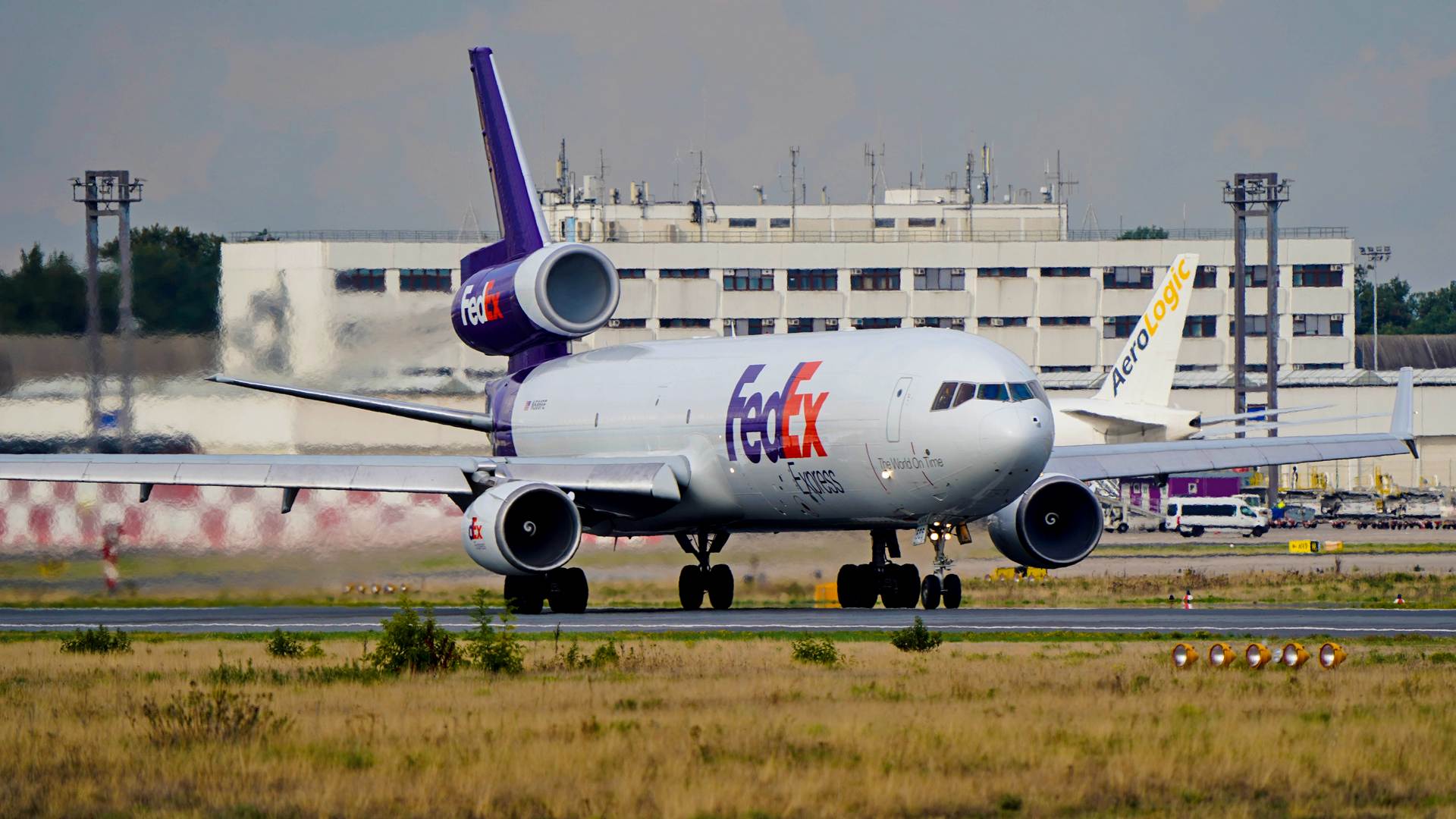
A Fluid Future?
Higher pandemic-era revenues allowed some air cargo operators to push ahead with new aircraft orders or the purchase of more freighter conversions. MRO companies doing such work introduced new conversion lines, to deliver aircraft faster.
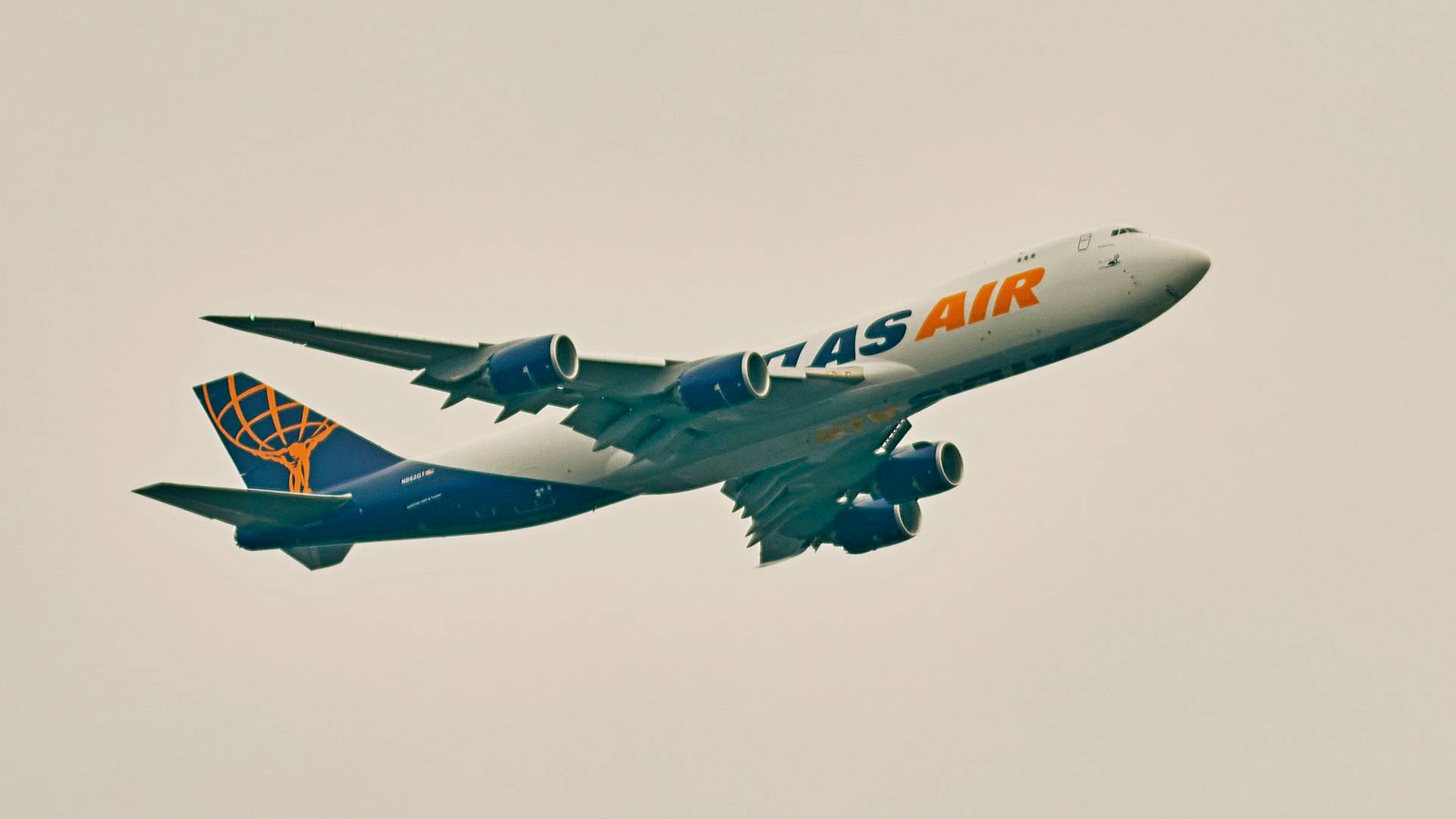
Even before 2020, the switch to e-commerce freight meant that there were plans in place for newer freighters, with more internal volume. As we’ve previously seen, Boeing’s factory 777 freighter is based on the shorter 777-200 model.
Before the pandemic, there was just one 777 passenger-to-freighter conversion program, by Israel’s IAI. Two more such programs were launched in 2020. All of these programs would primarily involve the longer 777-300ER. This aircraft can’t carry more weight than the 777-200 version, but its higher internal volume makes it a better e-commerce freighter.
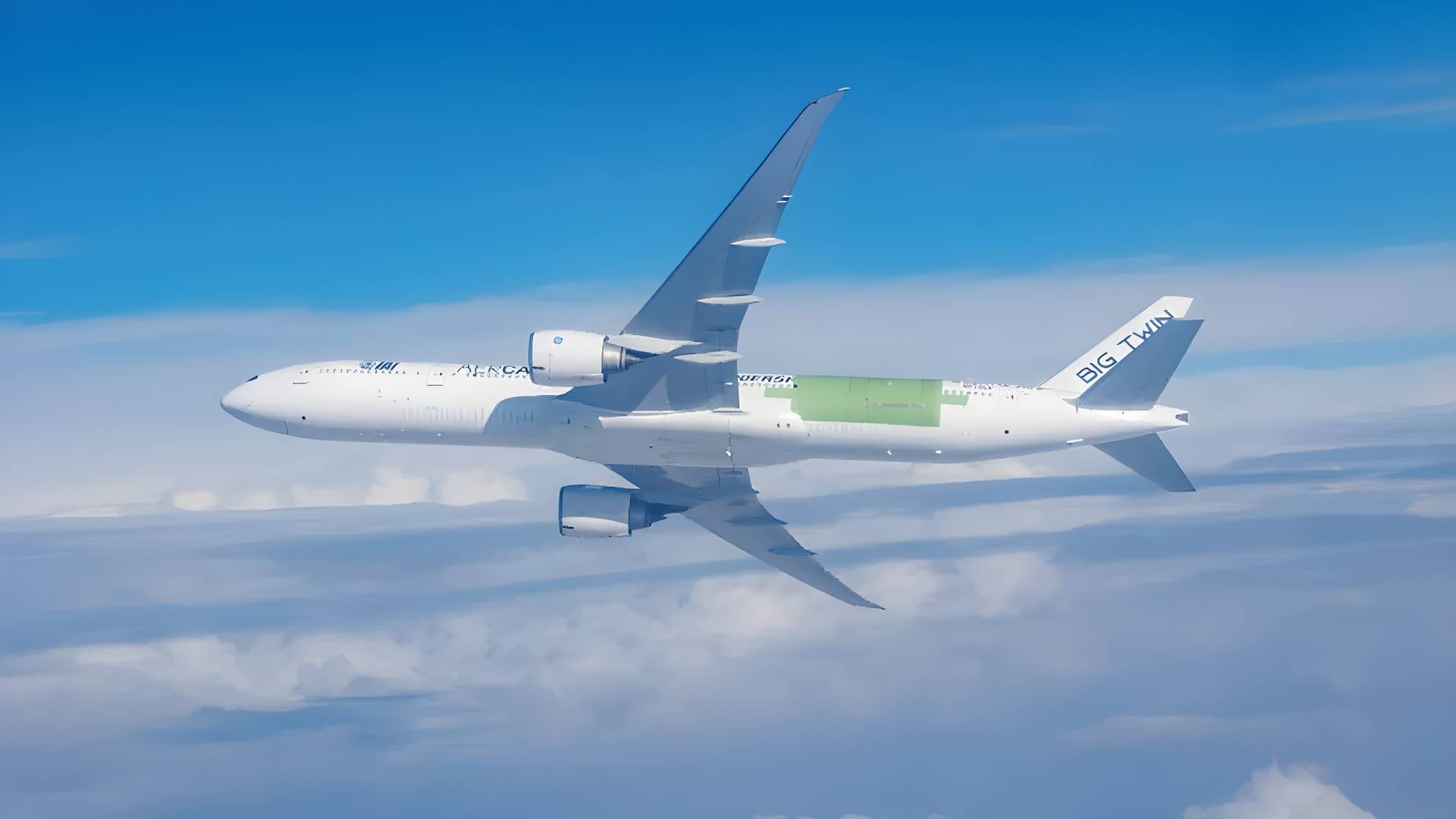
However, the current drop in air cargo rates puts at least some of these programs into question. Only IAI’s 777-300ERSF has flown – and the program seems to be progressing slowly. It is not clear what the present market trends mean for IAI’s next freighter conversion, involving the Airbus A330-300.
Overall, the air cargo industry has to readjust, after a few high-revenue years. Companies that took the opportunity to replace aging fleets could eventually become more competitive than others. But it looks like the industry could take some time to settle.



